The section starts from the town of Esposende northwards, always along the coast. The next town, Viana do Castelo, is approximately 20 kilometers away.
Viana do Castelo is a city filled with historic palaces, churches, convents, as well as fountains and water features, that constitute a heritage worth visiting.
Facing the sea – an entity that has profoundly influenced the history of Viana do Castelo – you’ll find a baroque church housing the revered image of Senhora da Agonia, the patroness of fishermen. Annually, the Pilgrimage of Senhora da Agonia brings forth multitudes, enveloping the city’s streets and squares in the joyous revelry of the Gigantones & Cabeçudos festivities.
On Santa Luzia Mount, the Basilica of Santa Luzia is a unique marvel with Romanesque-Byzantine design. It offers an amazing view of the Lima Valley and the coastline, ranked as the third most beautiful panorama in the world by National Geographic Magazine..
Viana is known for its gold filigree, a tradition it holds dear. This is evident in the Costume Museum, which showcases costumes and gold, the Decorative Arts Museum, and the Gil Eanes ship.
Within this city, you’ll encounter the Fishing Port, where boats set sail for their fishing endeavors.
Continuing northward, your journey leads to Vila Praia de Âncora Beach, stretching from the fishing port to the mouth of the Âncora River. Nearby attractions include the Lagarteira Fort in Portinho and the Barrosa Dolmen.
Between Vila Praia de Âncora and Caminha lies Moledo Beach, characterized by an equally extensive expanse of white sandy shoreline. Here, you can observe the Ínsua Fort situated on a small island 200 meters from the coast. A unique feature is the presence of a drinking water well in the midst of the sea – one of only three in the world.
As this section ends, you’ll arrive in Caminha, a fortified border town at the juncture of the Minho River’s mouth. It offers magnificent beaches, beautiful landscapes, mountains, and rivers, thus presenting a breathtaking diversity of scenery. Along the river, the Minho River Ecotrail begins, continuing towards Valença. Among the historical heritage, notable sites to visit include the Clock Tower, the Seventeenth Century Walls, the Fountain and the Mother Church. From the natural heritage we highlight the Minho River Estuary and the Camarido National Forest (a protected area).
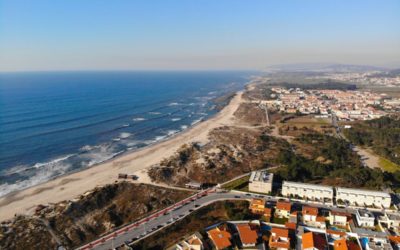
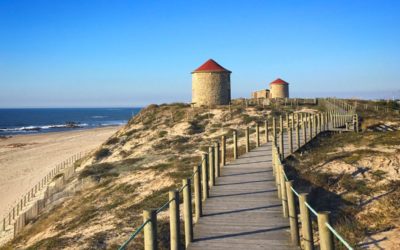
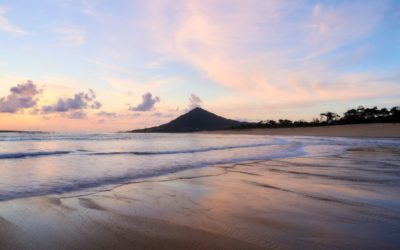
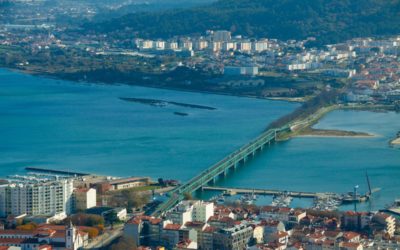
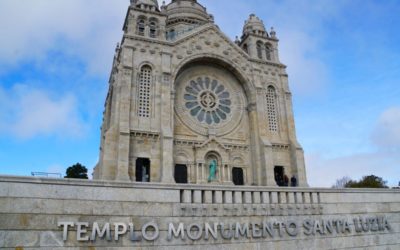
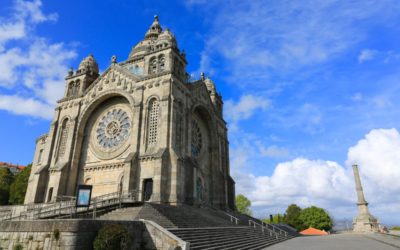

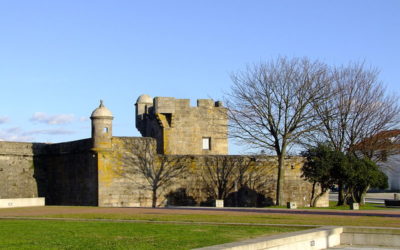
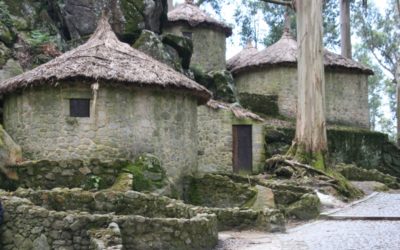


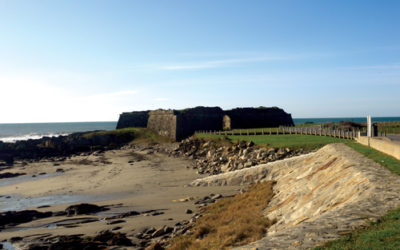
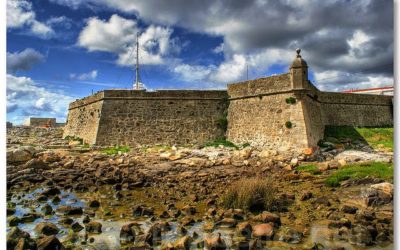

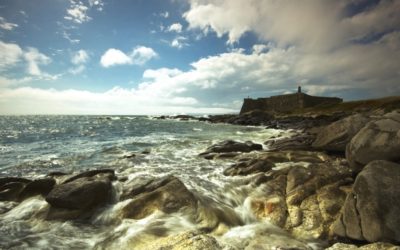

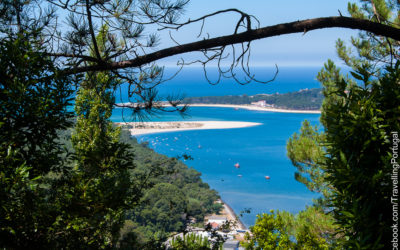
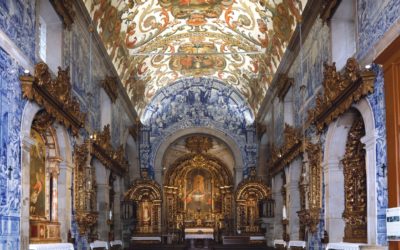
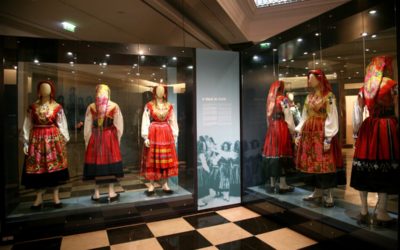




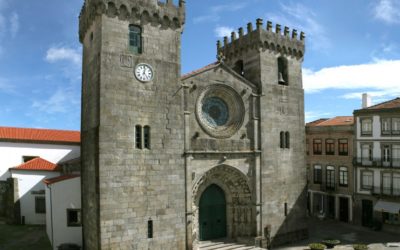
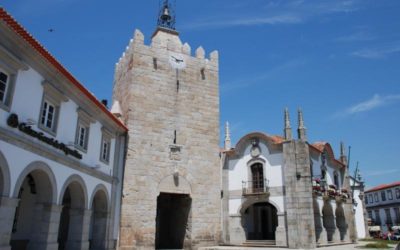
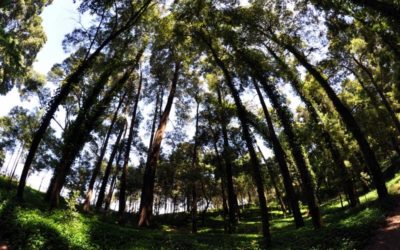
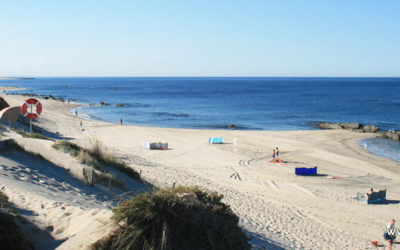

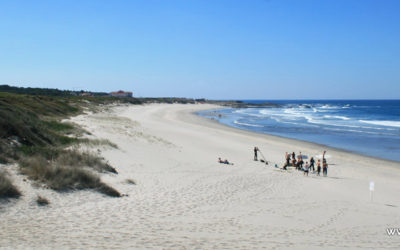


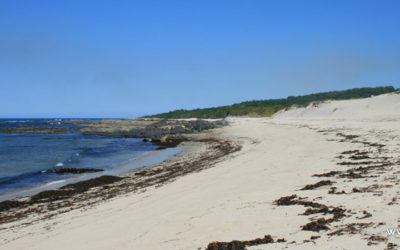


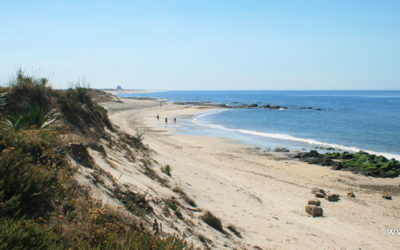
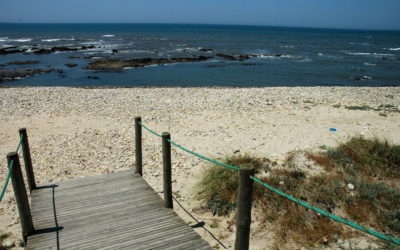
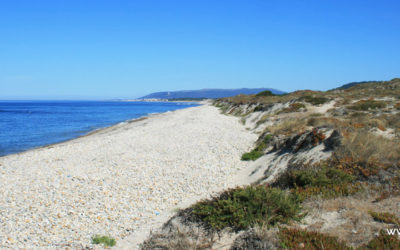
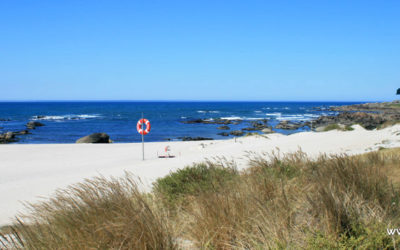
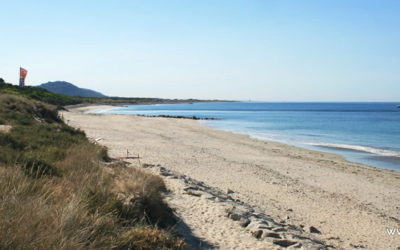
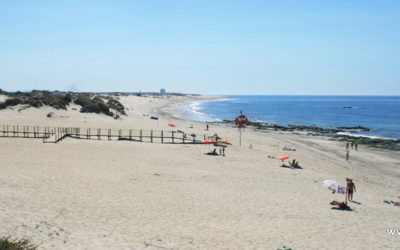
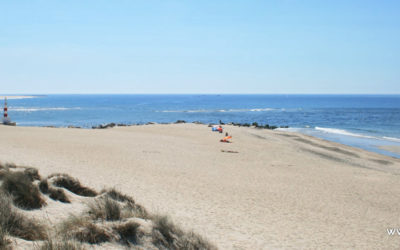


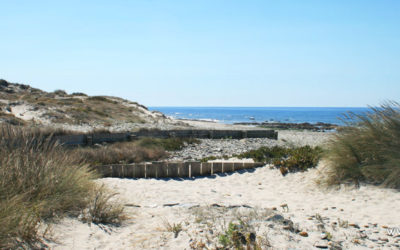
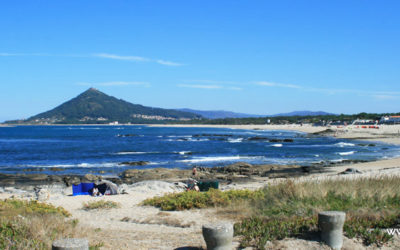

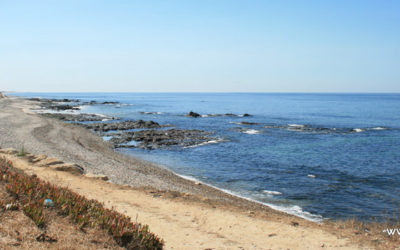
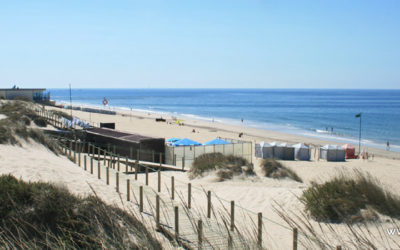

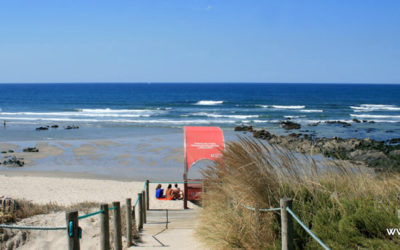
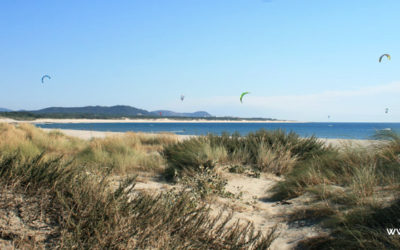
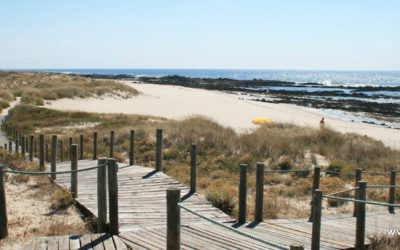
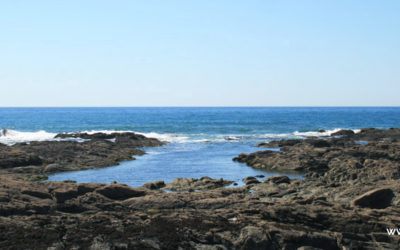


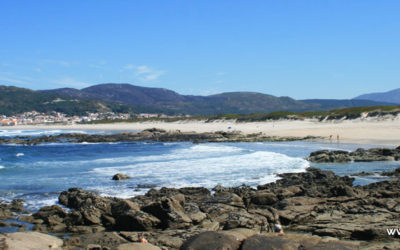
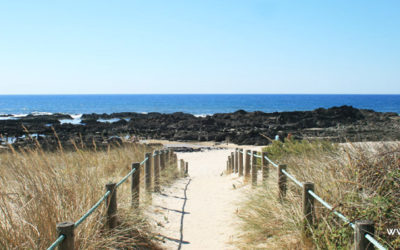

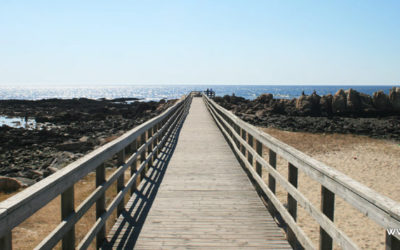
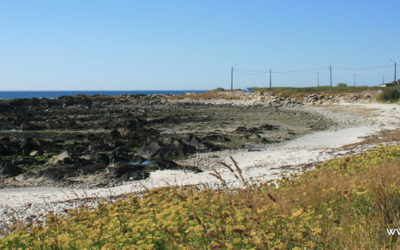
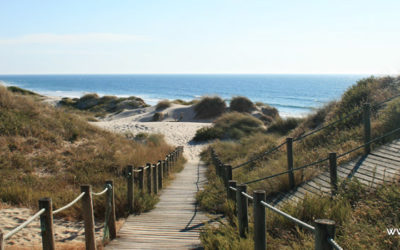

Comments: Section 29